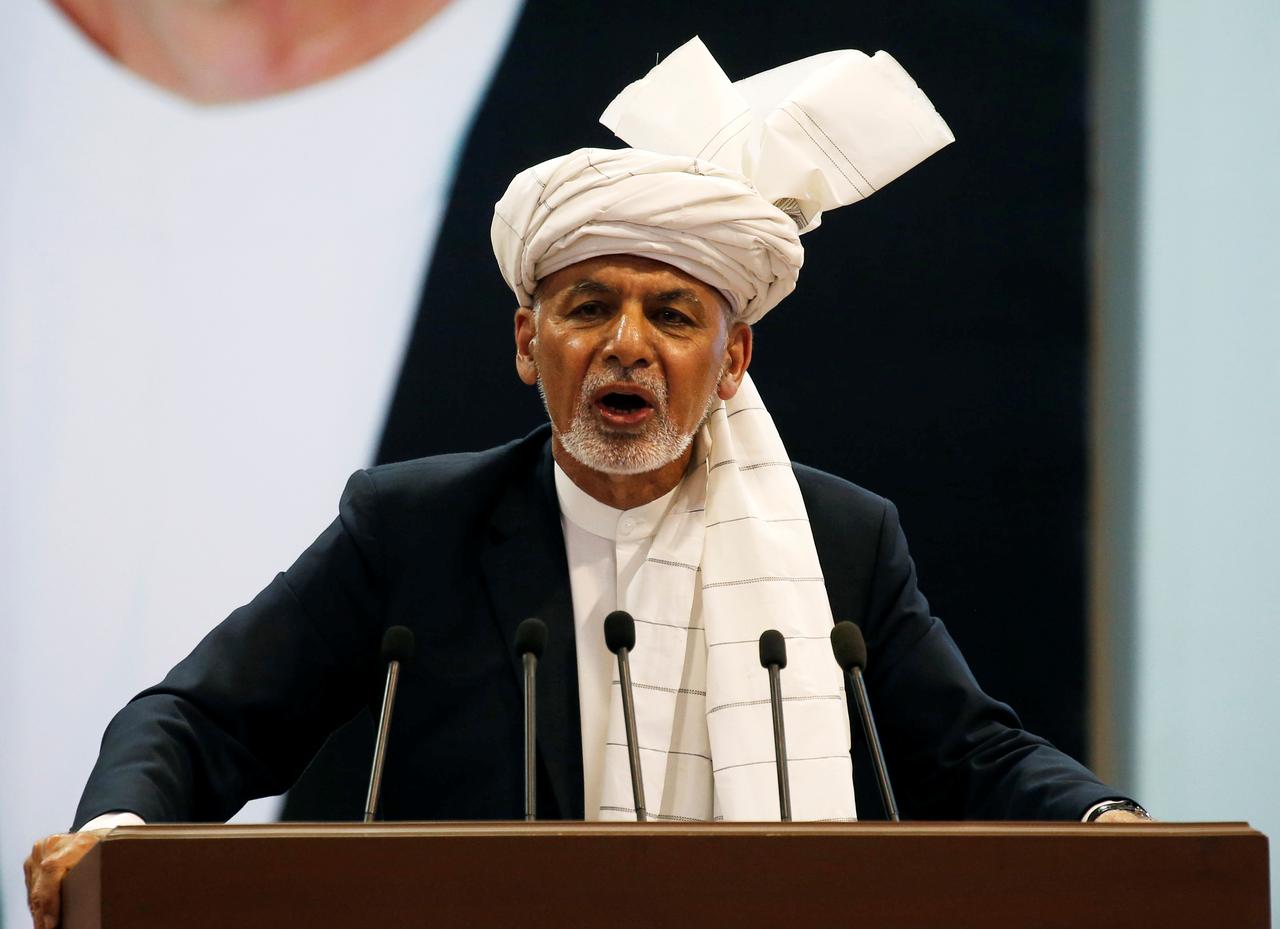Afghanistan peace hopes remain in the balance
https://arab.news/pzqfc

Afghan President Ashraf Ghani is this week briefing foreign governments on the preparations for peace talks with the Taliban. While the forthcoming negotiations may see a historic breakthrough, they remain balanced on a knife-edge, with Ghani warning on Tuesday that an upsurge in Taliban violence may scupper the whole process.
The intra-Afghan talks, slated to begin in the Qatari capital Doha as soon as this month, are part of a wider February deal between the US and the Taliban to end the post-9/11, two-decades-long war in the country. This is the longest ever US involvement in a military conflict and the Trump team badly wants to signal a further commitment to a drawdown of US troops with November’s presidential election on the horizon.
The US peace deal with the Taliban, which involves the withdrawal of foreign forces in exchange for security guarantees, comes as Afghanistan stands at a critical crossroads with much uncertainty on the horizon. This is not least due to the continued violence across the nation, with insurgents now controlling perhaps the largest portion of the country since the fall of the Taliban regime in 2001.
While the peace process with the Taliban may offer the best hope of a sustained peace for decades, many in Afghanistan are understandably anxious about their collective future. While fragile gains have been made since 2001, the country faces a daunting array of economic, security and political risks. And this is despite the fact that more than $750 billion has been spent on the conflict by Washington alone over the last 20 years.
The biggest challenge may remain the country’s internal security situation, despite the pledges being made by Taliban militants. This point was emphasized by Ghani during his briefings with international governments, including the US, Russia, Pakistan, India, China, Egypt and Qatar, when he highlighted a spike in Taliban violence.
This increase in disorder comes after Afghan authorities released more than 4,000 of the 5,000 Taliban prisoners promised in February’s deal. Meanwhile, Washington has reduced its troop presence to 8,600 (from 12,000), with the plan being to withdraw all foreign forces by the middle of next year.
In this context, fears have been repeatedly raised that, should the security situation deteriorate much further in the coming months, this foreign force (now a tiny fraction of the previously 150,000-strong combat presence) is not big enough. This footprint also remains key for ensuring the training and cohesion of the several hundred thousand-strong Afghan police and military personnel, which have day-to-day responsibility for security in the country.
On the economic front, the news is not good either. Reconstruction has been slow, unemployment remains very high, and more than a million Afghans are internally displaced, with millions more believed to be in Pakistan and Iran. And this is despite estimates that Washington has spent more on Afghan reconstruction than it did on the Marshall Plan that helped rebuild Europe after the Second World War.
It is also clear that, since 2001, the economy has not been diversified enough from drug exports such as opium and heroin, despite the fact the country has abundant natural resources — gas, minerals and oil — with an estimated value of some $3 trillion. A related problem is corruption, with Transparency International ranking Afghanistan as one of the most corrupt states in the world.
However, in the midst of this difficult picture, there remains some cause for optimism, especially if a sustainable peace deal can be agreed with the Taliban. Take the example of the country’s fledgling democracy. Afghanistan’s first national unity government survived more than half a decade after a landmark power-sharing agreement was reached in 2014 between Ghani and Chief Executive Abdullah Abdullah, the former foreign minister. The creation of the national unity government represented the first democratic transfer of power in the country’s history following Hamid Karzai’s administration.
While there have been significant tensions between Ghani and Abdullah, the national unity government helped consolidate the legitimacy of the new post-Taliban political system. And, after the most recent presidential election, Ghani and Abdullah eventually signed a new power-sharing deal that sees the latter heading the High Council for National Reconciliation, which will lead the peace talks with the Taliban.
While the peace process may offer hope, many in Afghanistan are understandably anxious about their collective future.
Andrew Hammond
Other gains include Afghanistan’s accession to the World Trade Organization and wider moves to revive economic links with the outside world, including the modern Silk Road, a new rail route connecting the country to China and Central Asia. Meanwhile, there are greater numbers of children, including millions of girls, enrolled at schools, greater recognition of women’s rights, and the spread of technologies such as the internet and cellphones across the country.
However, these fragile gains remain in jeopardy, depending on the outcome of the intra-Afghan peace process. While a historic peace breakthrough is possible, there remains the prospect of significant new political, security and economic instability if the reconciliation process breaks down.
- Andrew Hammond is an Associate at LSE IDEAS at the London School of Economics.









































